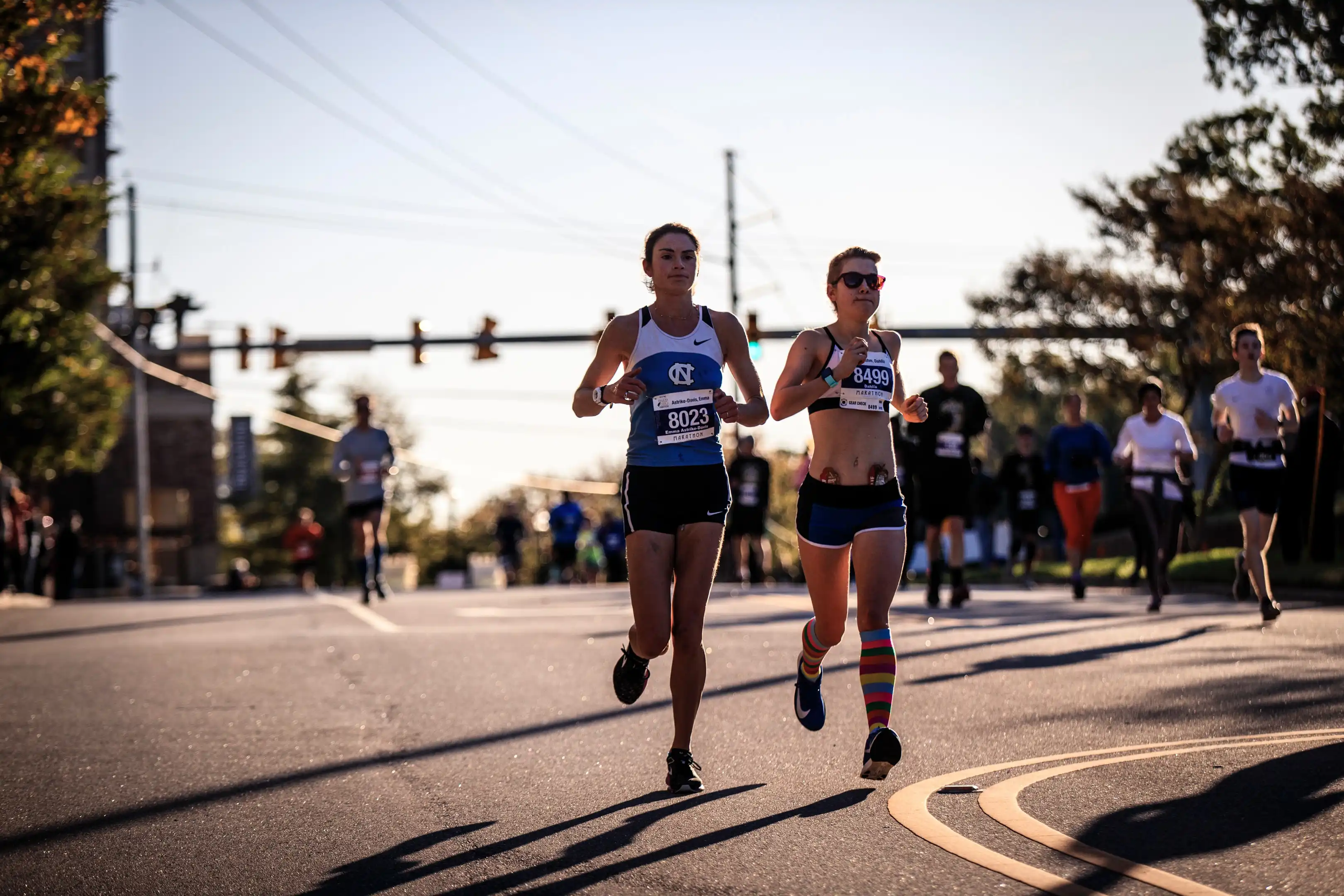This study aimed to analyze sex differences in performance across the disciplines of the Olympic triathlon at the 2024 Paris Olympic Games. Performance times in swimming, cycling, running and transitions (T1 and T2) were compared between male (n = 50) and female (n = 51) athletes. Data were extracted from the official Olympic website and analyzed using the Mann–Whitney U test with effect size (Cohen’s d). Quantile regression was applied to examine the relationship between total race time and performance in each discipline of the Olympic triathlon. Male athletes outperformed females across all segments, including swimming, cycling, running, and transitions (p < 0.001). Cycling accounted for the largest proportion of total race time in both sexes (49.4% for females, 48.2% for males), while the contribution of running was slightly higher in males (29.8%) than in females (29.5%). Quantile regression revealed that cycling was the most influential predictor of total time among males, whereas running had greater impact among females, particularly in slower athletes (q = 0.75). Swimming was a consistent but less prominent predictor in both sexes, especially among faster athletes (q = 0.25). Transitions had limited influence in males but showed significant associations with performance among females at specific quantiles, notably in T2. These findings underscore the need for sex-specific training strategies, emphasizing running development in female triathletes and cycling optimization in males, while also considering the role of transitions, especially in draft-legal events.
